Sakura blossoms symbolize life’s fleeting beauty. This tea has a deeper meaning than green tea. Mostly reserved for once-in-a-lifetime occasions, having sakura tea is usually associated with new beginnings.
Table of Contents
ToggleWhat is sakura tea?
With the cherry blossom’s peak only lasting about one week, it’s unsurprising that there have been many efforts to preserve them for longer. Nowadays, there is no shortage of sakura-flavored snacks, but long before sakura-flavored chocolate, there were traditional sweets filled with pickled sakura blossoms.
Salt-pickled cherry blossoms, primarily used in sweets, can also make tea. They’re preserved in salt and ume plum vinegar, intensifying their mild flavor. Pouring boiling water over a pickled blossom causes it to unfurl gracefully, releasing a unique aroma.
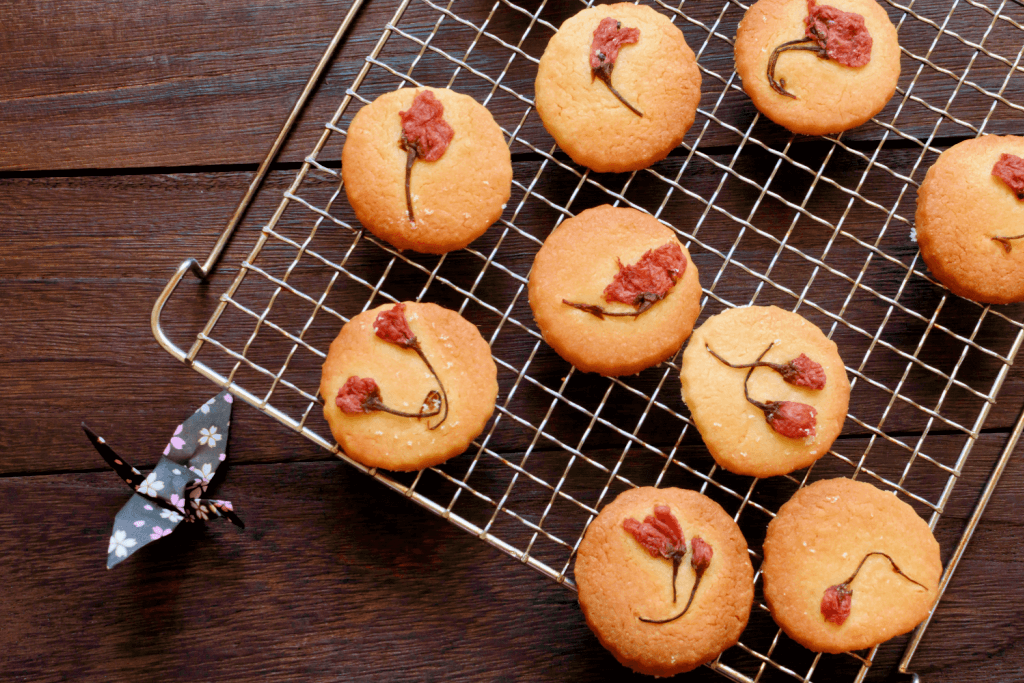
Much like various teas, sakura tea offers various notable health benefits. It is abundant in antioxidants and possesses potent anti-inflammatory properties, contributing to overall well-being. Sakura tea can also support dental health, but there’s a caveat.
While this tea offers these advantages, it’s often enjoyed as a rare treat rather than a daily beverage. The limitation is that sakura tea isn’t consumed frequently. Therefore, it may not have a substantial impact on health. Nevertheless, savoring it provides an enjoyable and culturally significant experience, offering more than just health advantages.
Are you looking to experience as many of Japan’s unique flavors as possible? Check out Sakuraco. Sakuraco sends you authentic Japanese snacks, sweets, teas, and tableware from local Japanese makers. Perfect for trying all Japan has to offer!
What’s the history of cherry blossom tea?
Pickled sakura has a history dating back to the late Edo period (1603-1868). Production began in what is now Kanagawa Prefecture, just south of Tokyo. Almost all pickled blossoms still come from this same area. A late-blooming variety with double-layered blossoms yields more flavor and a dramatic unfolding effect. People make the tea by pouring boiling water over the blossoms, sometimes adding sugar.
What’s the meaning behind sakura tea?
A spectacle all around, people often serve sakura tea for once-in-a-lifetime occasions, like weddings or other important ceremonies. The opening blossoms symbolize new beginnings, like starting a life together. It’s also sometimes present at matchmaking or engagement parties.
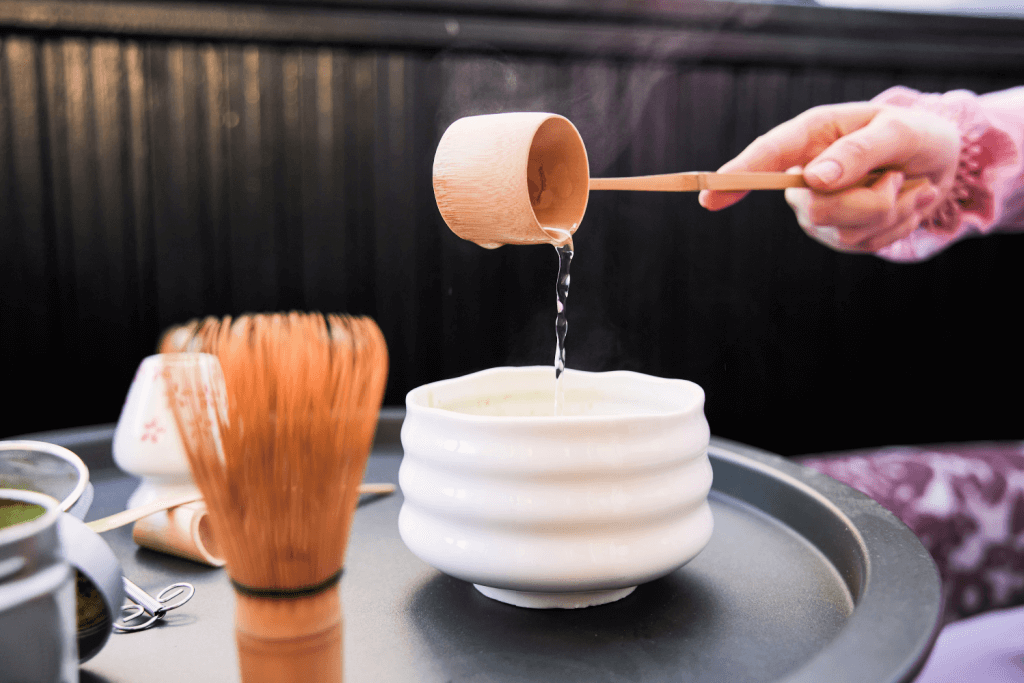
Green tea is a staple in the daily lives of almost every Japanese person. As a result, many idioms in the Japanese language involve the word for tea, ‘cha.’ These idioms often pertain to social situations, such as ‘cha wo nigosu’ or ‘muddying the tea,’ used when someone evades a question. Consequently, people typically avoid serving green tea at significant ceremonies, opting for sakura tea as a more distinct and bold choice.
For individuals seeking an alcohol-free means to enhance their hanami, or cherry blossom viewing experience, sakura tea offers an ideal option. It allows non-drinkers to elevate the enjoyment of sakura season further. Enthusiasts who wish to immerse themselves in the cherry blossom festivities fully can indulge in cherry blossom-flavored confections while sipping delicately fragrant cherry blossom tea beneath the blooming cherry trees.
This harmonious blend of cherry-inspired treats and the soothing aroma of sakura tea creates a multisensory celebration of Japan’s beloved cherry blossoms. Whether you prefer traditional Japanese sweets or modern adaptations, combining sakura tea and cherry blossom treats delightfully enhances the sakura season.
What is the matcha tea ceremony?
While sakura tea is part of important ceremonies like weddings, it does not involve a special brewing ritual like in a traditional Japanese tea ceremony. However, the symbolism of the sakura tea is quite close to the significance of the ritualistic element of a tea ceremony.

The tea ceremony, rooted in Zen Buddhism, originates in a meditative practice centered on serenity, harmony, and purity. It is a profound embodiment of the transient nature of life, echoing the ephemeral beauty of cherry blossoms and the delicate ritual of sakura tea.
This tea ceremony meticulously underscores the significance of each tea preparation and consumption phase, inviting participants to immerse themselves fully in the present moment. This ancient practice fosters an appreciation for the ephemeral nature of existence, encouraging a mindful and contemplative approach to life, much like the fleeting yet exquisite sakura blooms.
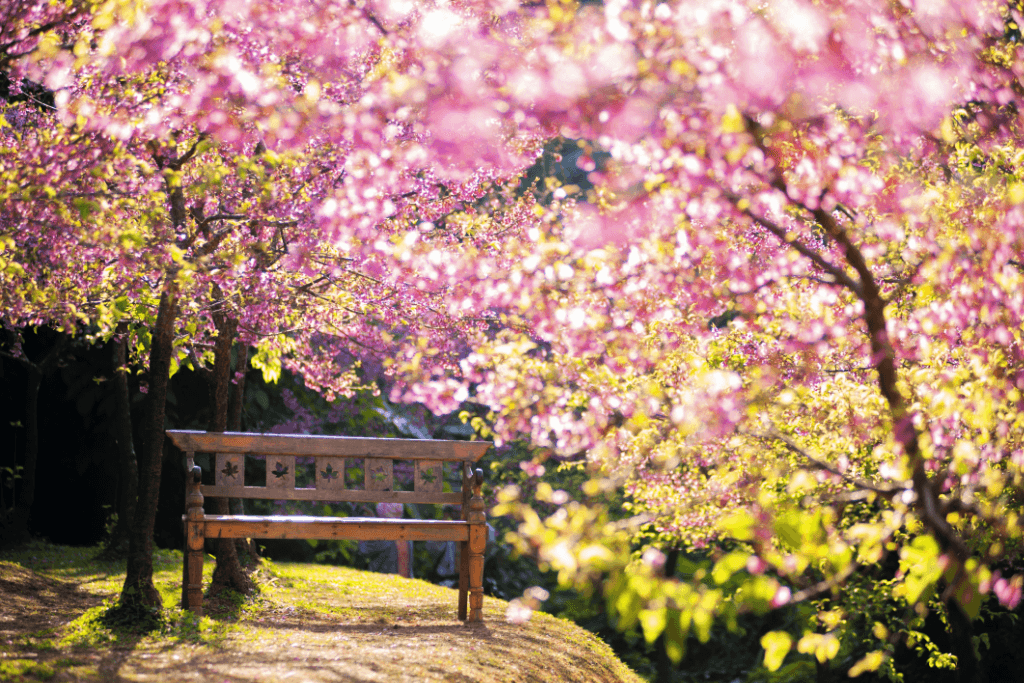
Sakura tea is merely the tip of the iceberg of lesser-known Japanese tea. Plenty of staple Japanese kinds of tea are hardly known overseas. Wheat, seaweed, and even rice also have their place in traditional tea culture and are well worth exploring. However, sakura tea’s symbolism is hard to beat regarding meaning. Have you tried sakura tea or any other unique Japanese kinds of tea? What did you think? Let us know in the comments below!

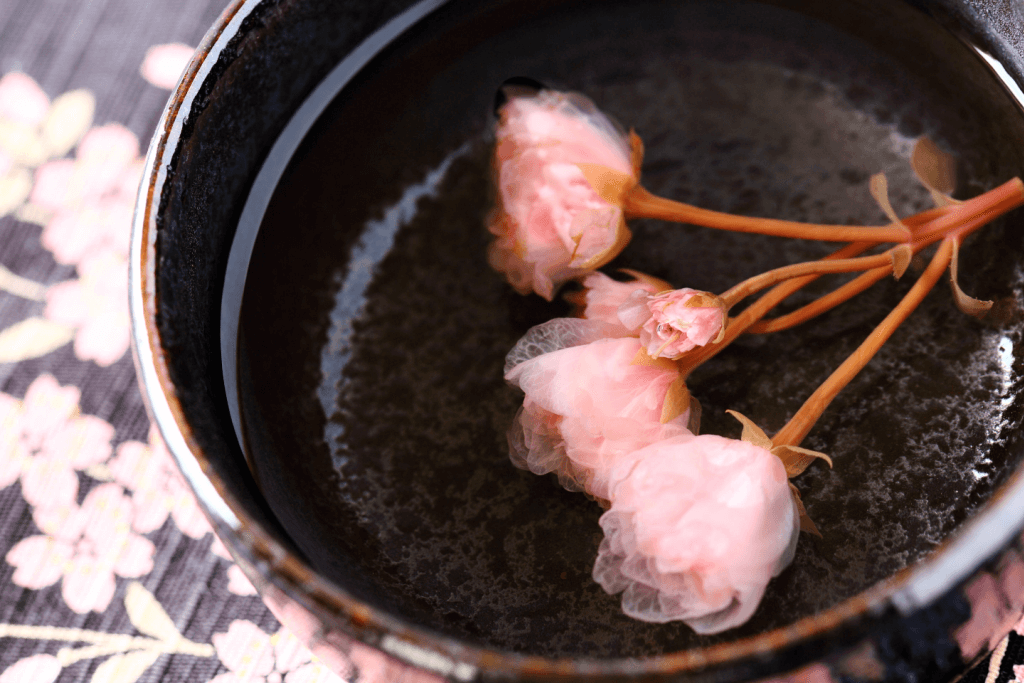





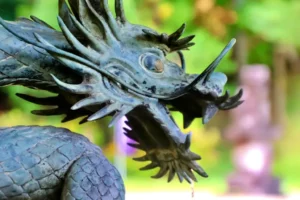



3 Responses
I have been hoping to try Sakura blossom tea for a long time. Fingers crossed I will someday! I was lucky to visit Uji and while there I picked up some Uji matcha and also tried Gyokuro tea served “properly”. Really good memories.
Hopefully, you can visit Japan again soon, Bridget! 😊